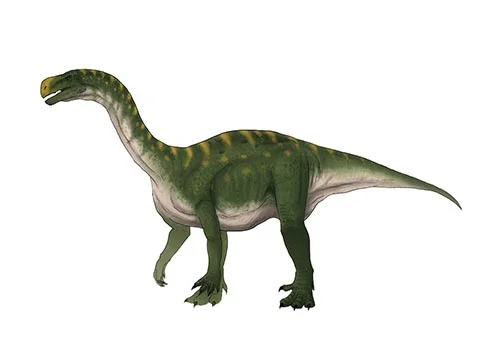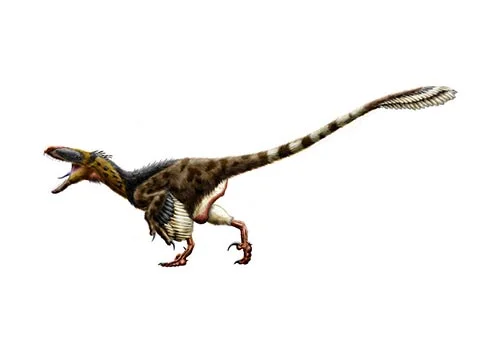Abelisaurus (Abel’s lizard)

Abelisaurus, also known as “Abel’s lizard,” was named by paleontologist Jose Bonaparte & Fernando Novas in 1985. This carnivorous dinosaur lived during the Late Cretaceous period, approximately 74-70 million years ago. Abelisaurus was a Large Theropod, estimated to measure between 7 to 9 meters in length. Abelisaurus fossil remains were found in Argentina, Patagonia, Rio Negro Province - Anacleto Formation, shedding light on the ancient ecosystems of this region and it is offering valuable insights into the prehistoric world and the evolution of Large Theropods.
Estimated 7-9 meters long
A. comahuensis (type)
Argentina, Patagonia, Rio Negro Province - Anacleto Formation
Late Cretaceous, 74-70 million years ago
Abelisaurus Facts
When we think of carnivorous dinosaurs, the iconic Tyrannosaurus rex might be the first to come to mind. However, the world of theropods is rich with diverse predators, and one such enigmatic creature is Abelisaurus, or “Abel’s lizard.” Discovered in Argentina’s Patagonia region and known to have roamed the Earth during the Late Cretaceous period, Abelisaurus offers a captivating window into prehistoric ecosystems and the evolution of large theropods.
Named by paleontologists José Bonaparte and Fernando Novas in 1985, Abelisaurus was a formidable predator that lived roughly 74-70 million years ago. This places it in the Late Cretaceous period, a time when dinosaurs ruled the planet. Abelisaurus, though not as famous as some of its contemporaries, was a significant player in the complex tapestry of prehistoric life.
Abelisaurus belonged to the category of large theropods, making it a formidable carnivore of its time. Estimates suggest that it measured between 7 to 9 meters in length, making it a creature to be reckoned with. Its skeletal structure and characteristics give us insights into its hunting strategies and lifestyle.
Fossil remains of Abelisaurus were uncovered in Argentina, specifically in Patagonia’s Rio Negro Province, within the Anacleto Formation. This discovery is pivotal in our understanding of the ancient ecosystems of South America during the Late Cretaceous. Abelisaurus’s presence in this region helps paleontologists piece together the puzzle of dinosaur distribution and diversity, shedding light on the interconnected web of life that existed during this time.
As a carnivorous dinosaur, Abelisaurus would have been a top predator in its ecosystem. Its sharp teeth and powerful jaws were adapted for hunting and tearing into prey, likely including other dinosaurs and smaller creatures of the time. Studying its fossilized remains provides valuable information about the intricacies of predator-prey relationships in ancient ecosystems.
Abelisaurus offers a glimpse into the evolutionary adaptations that large theropods underwent during the Late Cretaceous. By studying this dinosaur’s anatomy and behavior, scientists can better understand how these predators diversified and adapted to their environments over millions of years.
Abelisaurus, or “Abel’s lizard,” may not be as famous as some of its dinosaur contemporaries, but its discovery in Argentina’s Patagonia region has significantly contributed to our understanding of prehistoric life. This large theropod dinosaur provides valuable insights into the ancient ecosystems of South America and the evolution of formidable predators during the Late Cretaceous period.
As paleontologists continue to unearth more about Abelisaurus and its relatives, the story of this enigmatic dinosaur will only grow more fascinating. In the grand narrative of Earth’s history, Abelisaurus stands as a reminder of the intricate and awe-inspiring world of dinosaurs, where each discovery brings us closer to unraveling the mysteries of our planet’s past.



